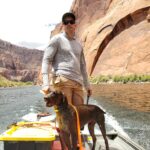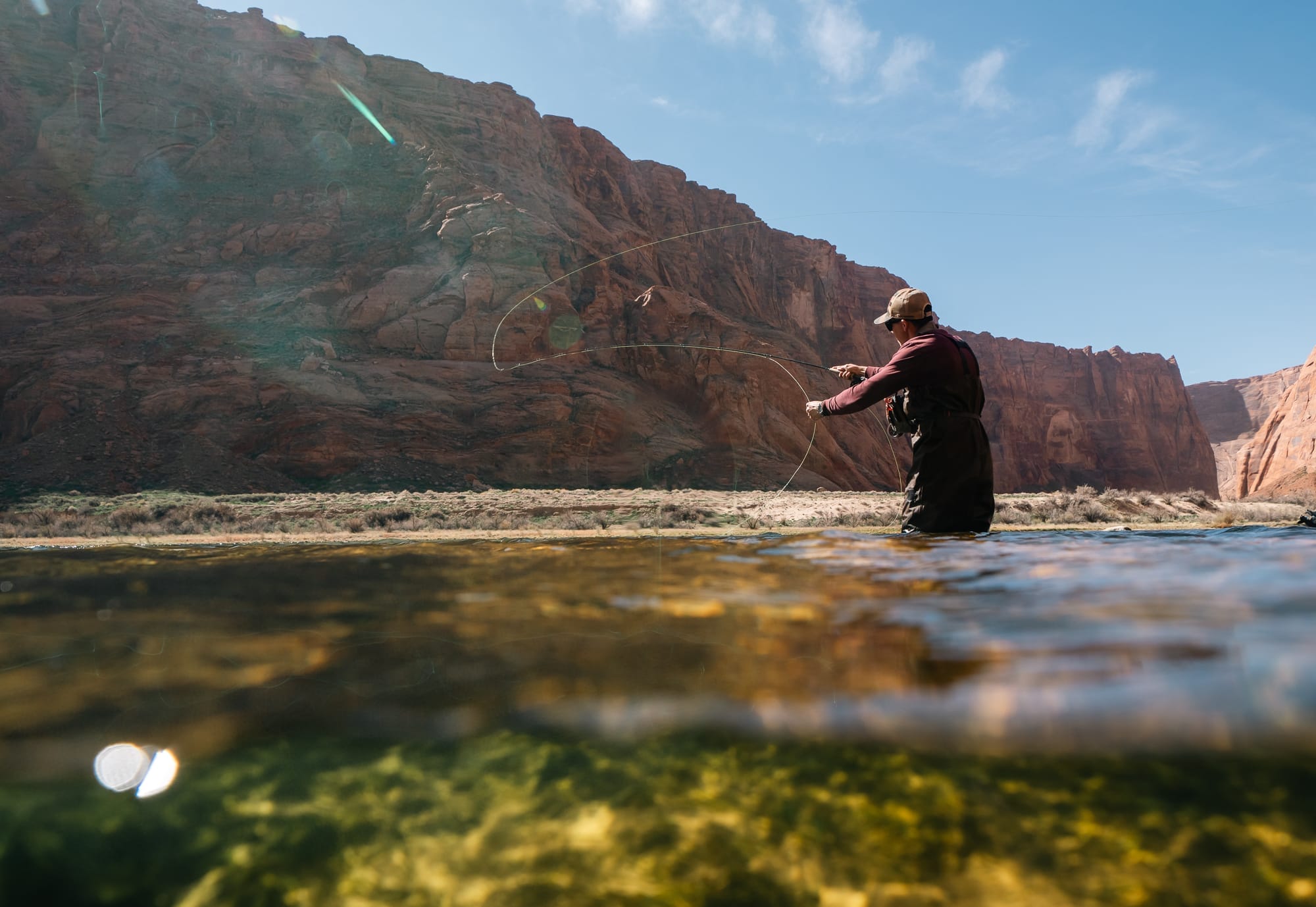New calls to review monument boundaries ignore previous decades of work
For years, Trout Unlimited (TU) has been working to protect the greater Grand Canyon region from future uranium mining. And, following two decades of local collaboration by tribal nations, anglers and hunters, sporting businesses, local leaders, conservation groups and many Arizonans, the Baaj Nwaavjo I’tah Kukveni – Ancestral Footprints of the Grand Canyon National Monument was designated in 2023.
The monument designation was truly representative of the yearslong, comprehensive and locally led campaign to identify the benefits and alleviate the concerns of Arizonans about how best to protect and preserve this special place.
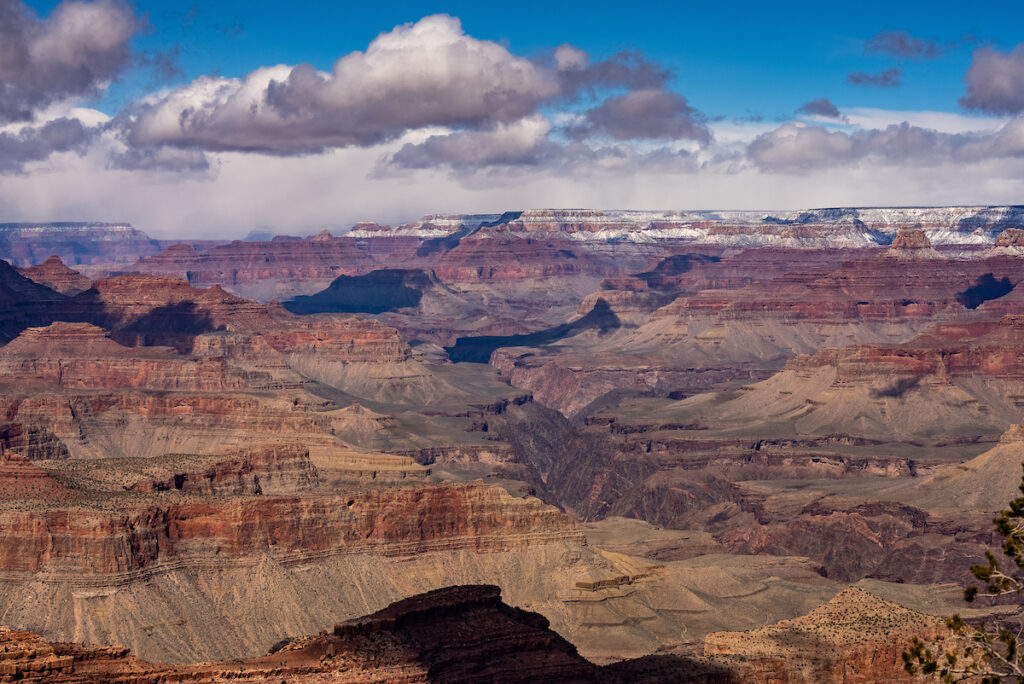
To achieve this balance, it meant that the 1.1-million-acre national monument would grandfather in 600+ valid mining claims, allow for the continued operation of the active uranium mining operation at the Pinyon Plane Mine (located about six miles south of the southern entrance to Grand Canyon National Park) and address the concerns of sportsmen and sportswomen by ensuring hunting and angling access remain in place.
In short, the local push for this monument was the result of generations of people feeling the adverse impacts of the toxic history of mining near one of our nation’s most prized places—Grand Canyon National Park—while also recognizing the need to preserve this unique landscape for future generations to enjoy.
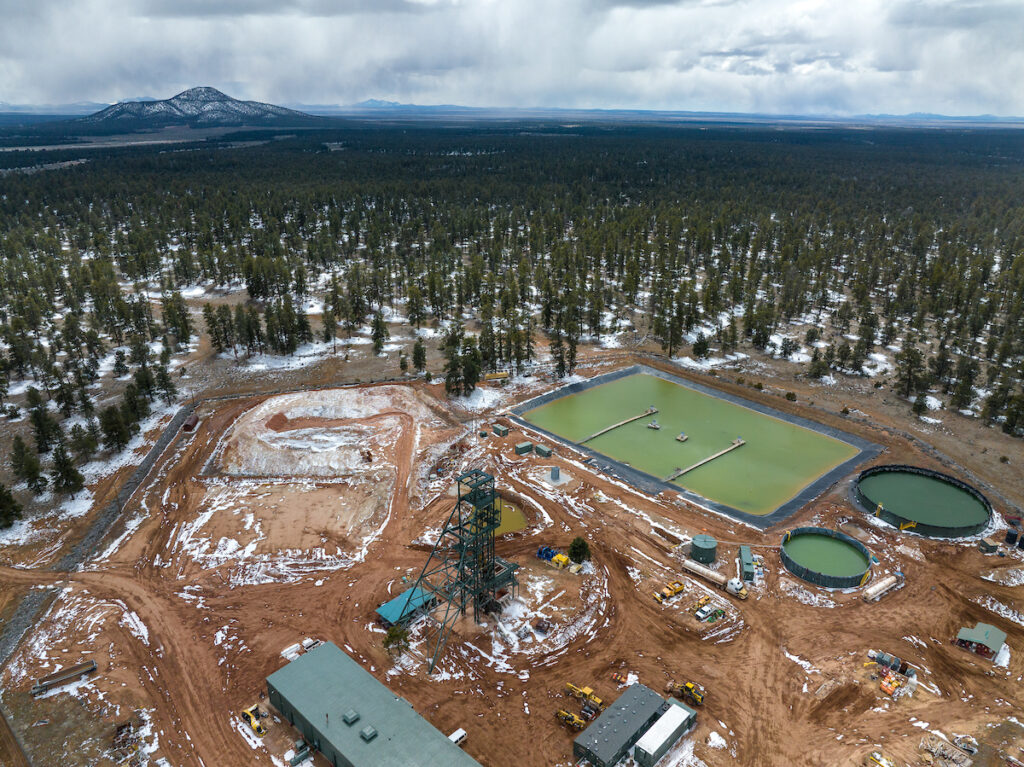
Despite this monumental achievement, however, foreign owned mining interests continue to lobby the Department of the Interior and Department of Commerce to re-open the area to new mining. This push is happening even though nothing has been done to clean up an estimated 500 existing contaminated mines in the region—most of which reside on the Navajo Reservation—and that the U.S. Geological Survey has already documented 15 contaminated springs in the area after just a minimal review.
On a much bigger scale, additional uranium mining threatens the quality of drinking water to the Havasupai Tribe and 40 million people in the American Southwest that utilize Colorado River water. This threat is becoming greater as a result of severe drought and less dilution of contaminants.
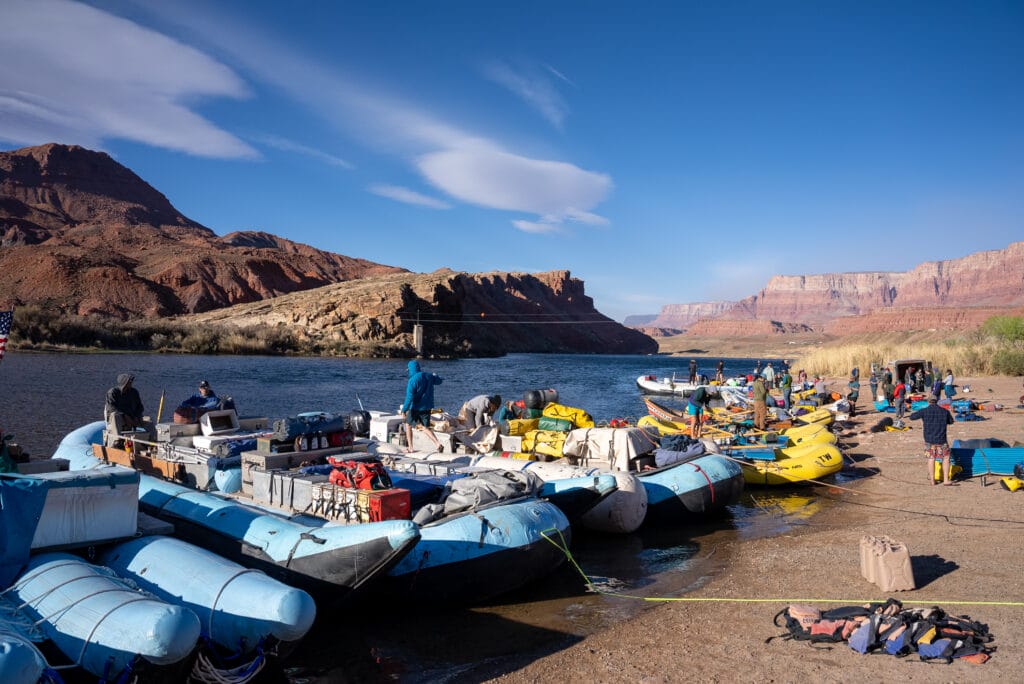
Questions about further reviews
In short, no stone has been left unturned in the previous two decades of reviews and efforts to create Baaj Nwaavjo I’tah Kukveni – Ancestral Footprints of the Grand Canyon National Monument.
According to the Washington Post, “Interior Department officials are poring over geological maps to analyze the monuments’ potential for mining and oil production and assess whether to revise their boundaries.”
In 2017, Bears Ears and Grand Staircase-Escalante National Monuments were dramatically reduced in size. The potential for similar reversals adds urgency to the need to defend Baaj Nwaavjo I’tah Kukveni, the protections of which reflect years of tribal leadership, public engagement, and scientific review.
As such, we urge you to speak up for your public lands and sign the petition below to tell your legislators the same.
This Land is Your Land
Keeping public lands in public hands ensures future generations can experience the same outdoor opportunities we cherish today.


